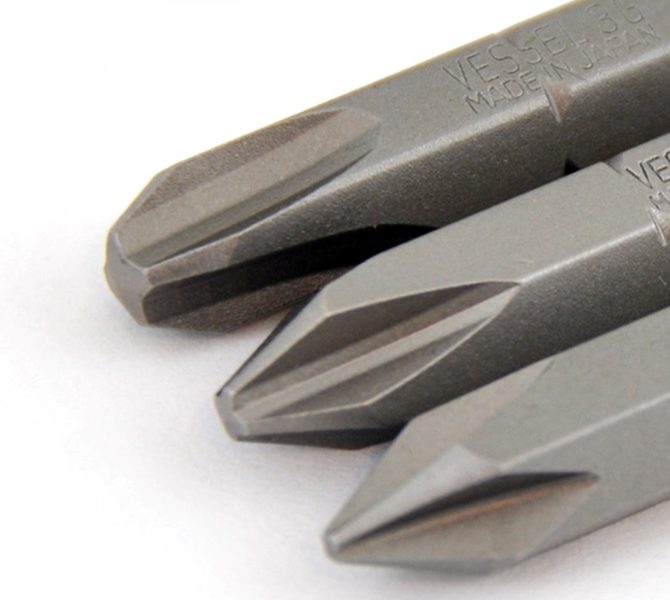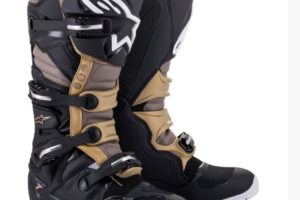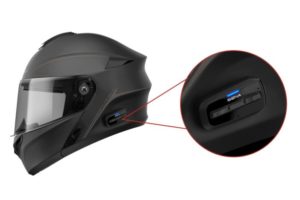This series of Tool You Should Own isn’t meant to be an exhaustive list of garage tools. It is a collection of tools that have allowed me to complete jobs. Getting yourself un-stuck from a stopping point is always a great feeling. I’m letting you in on my secrets.
有什么区别呢?
When you find yourself working on a Japanese motorcycle, a JIS-compliant screwdriver, or a set of them, is essential. If you’ve never heard of JIS (Japanese Industrial Standard) screwdrivers, here’s the rundown. “Regular” Phillips (cross head) screws are made so that the driver will “cam out” of the head before tightening it too much (or, unfortunately, putting too much “Lefty-Loosey” torque on it). This isn’t a great design for motorcycle fasteners. The shape and “shoulder” of a JIS and Phillips driver differ just enough that they are sometimes, but not always, interchangeable.

The right tool for the job will always lower your frustration level. It will also increase your chances of success. You can see from the illustration above how a standard Phillips is more likely to strip out your JIS fastener.
These tools are widely available under a lot of brand names; you can even go the cheap route and buy JIS bits for your multi-bit interchangeable driver.
Why Is That Screw Stuck?
When a screw has been in place for decades, while possibly going through a bunch of heat cycles, and also while possibly undergoing some galvanic corrosion, removing that screw can be a huge headache. Your best first step is to make sure you have the correct driver.
What’s the Method?
If I have removed the carburetor from the bike, I will put it on a (clean) floor between my feet. Then, I seat the driver as well as possible, push down as much as I am able, and only then begin to turn. This way, there is as much downward as twisting force, and I can use both hands. This method has served me well for a lot of old motorcycle parts.
The more you work on bikes, the more you will get a feel for when a tool is not seated in a fastener correctly. More importantly, you get a feel for when a tool will never seat correctly, which means putting force on the tool will wreck your fastener. Just like knowing by the feel of the tool, when to use a #1, #2, or #3 Phillips driver on a given fastener, you’ll learn when a screw needs a JIS instead of a standard Phillips.
Sometimes the JIS screw will have a dimple in it, to let you know not to put a standard Phillips driver on it. There’s no guarantee of that, however. Does the JIS driver feel like it seats better in the fastener? Use it.







